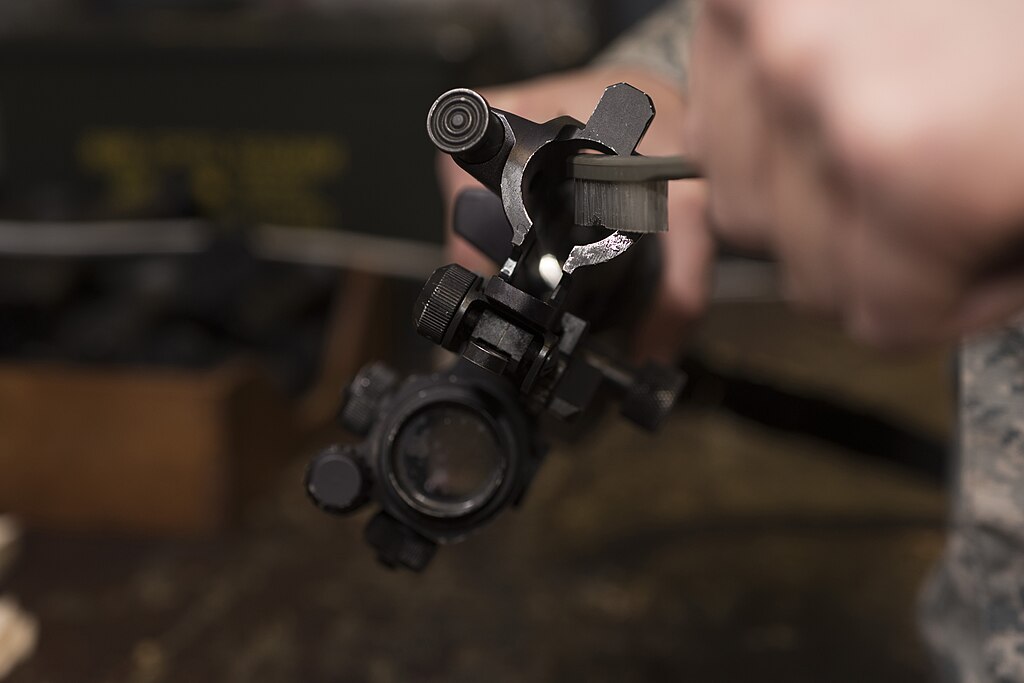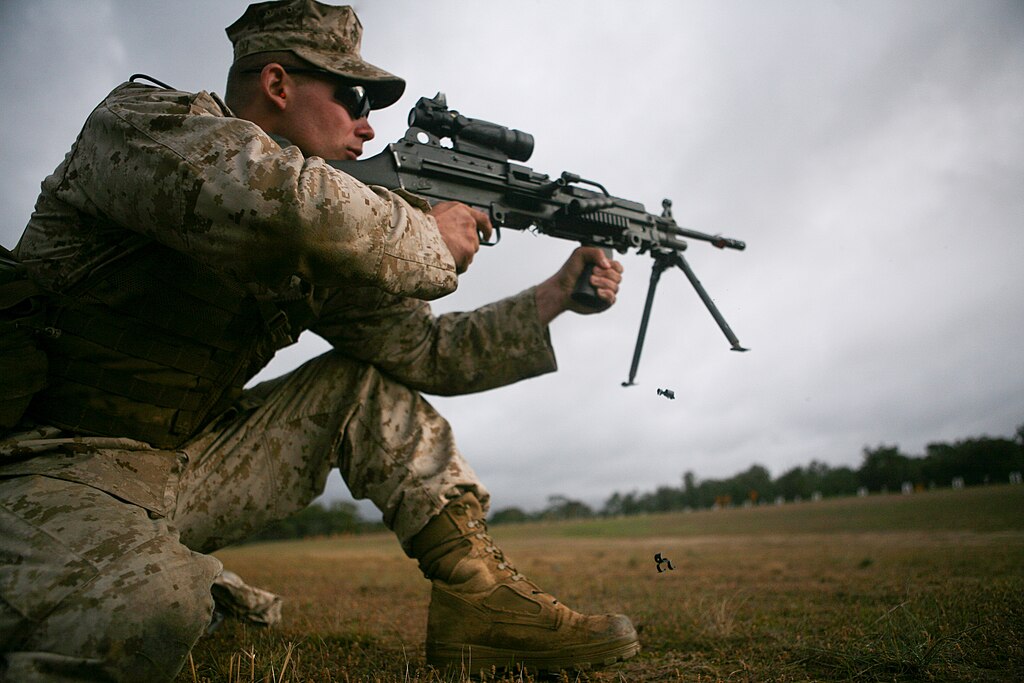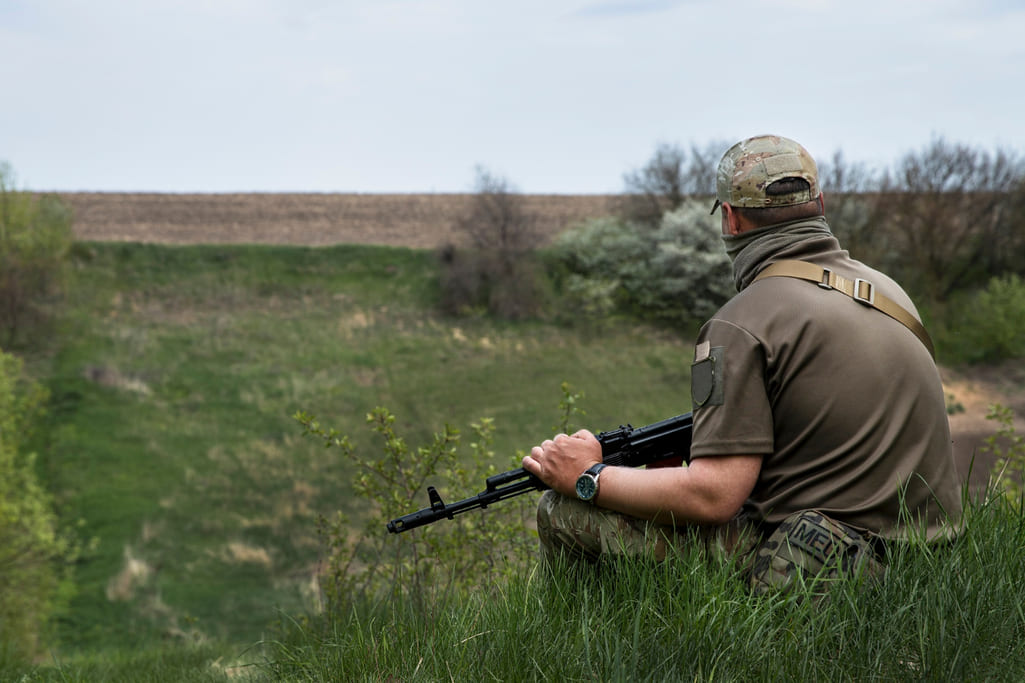Rifle Safety and Preparation for a Kalahari Safari in 2025
A successful Kalahari hunt begins with more than tracking skill—it starts with preparation and discipline. In an open landscape where visibility stretches far and decisions carry weight, hunters must know not only how to shoot, but how to move, handle their rifle, and respect the rhythm of the wild. This is where rifle safety and preparation meet, long before the first shot is taken.
Handling Rifles in Group Hunts
When hunting alongside others, awareness becomes just as vital as aim. Rifles must be carried with the action open, muzzles pointed down, and fingers off triggers at all times. Only when the professional hunter gives the go-ahead should a round be chambered. With shooting lanes clearly communicated and roles well defined, group hunts in the Kalahari can unfold with precision and care.

Gear Checks and Environmental Readiness
Dust, dryness, and long distances define the Kalahari, making gear performance a top priority. Hunters should arrive with a rifle they know well—one that’s been cleaned, zeroed, and tested with the right calibre for the intended game. Most safari operators offer a sight-in session before the first outing, giving hunters a chance to adjust for wind, light, and elevation.
Training for Real Scenarios
Shooting off a bench won’t help when a gemsbok pauses at 200 metres and the wind picks up. Practising with sticks, kneeling or prone, builds confidence in realistic positions. With focus on breath control and clean follow-through, every shot becomes a conscious decision—not just a reaction to movement in the bush.

A Hunt That Starts with Respect
A Kalahari hunt is shaped long before tracks are found. It begins with understanding the rifle you carry and the responsibility that comes with it. For hunters booking with Claassens Safari or any trusted outfitter, rifle safety and preparation isn’t just about readiness—it’s a sign of respect for the landscape, the wildlife, and those who walk beside you.

